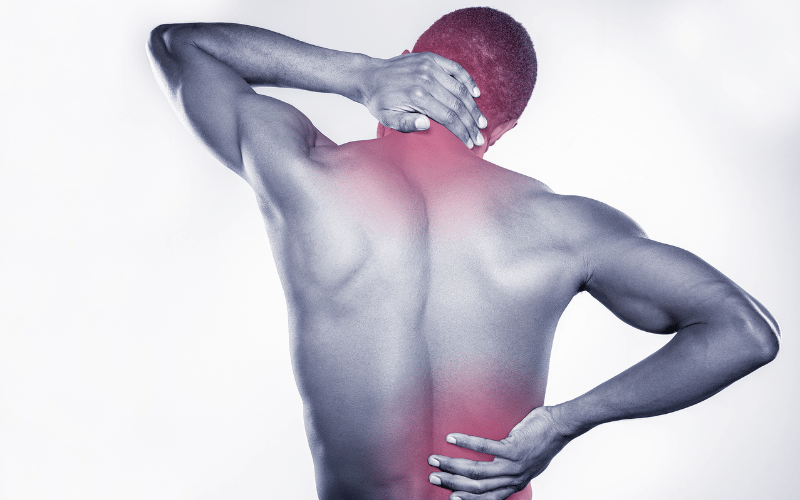9. Pain: The Silent Echo of RRMS

While not always discussed openly, pain is a constant companion for many with RRMS. This isn’t your everyday pain arising from an injury or a headache; it’s more insidious, often not having a visible source, making it even more challenging to explain and manage.
Pain in RRMS can manifest in various forms. There’s neuropathic pain arising from nerve damage, manifesting as burning, stabbing, or even shock-like sensations. Then there’s musculoskeletal pain, a result of altered posture or gait due to other RRMS symptoms, leading to strain and discomfort.
Furthermore, the experience of pain is deeply personal. Two individuals with similar RRMS progression might describe vastly different pain experiences, both in intensity and nature. This subjective nature of pain makes its management both crucial and complex.
Approaches to manage RRMS-related pain are as varied as the pain types themselves. From medications targeting neuropathic pain to physical therapies addressing musculoskeletal issues, the focus is on improving the quality of life. Additionally, alternative therapies like acupuncture and mindfulness meditation have shown promise in helping manage and reduce the pain experience in RRMS. (9)